What Is Deep Brain Stimulation for Parkinson’s?
Deep Brain Stimulation (DBS) is a surgical treatment that uses implanted electrodes to send controlled electrical pulses to specific areas of the brain. It doesn’t cure Parkinson’s disease, but it can dramatically reduce the worst motor symptoms-tremors, stiffness, slowness, and uncontrollable movements-when medications stop working well. The device works like a pacemaker for the brain: thin wires connect to a small battery pack placed under the skin near the collarbone or abdomen. This battery sends steady signals to correct the brain’s abnormal electrical patterns that cause Parkinson’s symptoms.
DBS became a standard option for Parkinson’s patients in the early 2000s after large clinical trials proved its effectiveness. Today, about 15,000 to 20,000 people worldwide get DBS implants each year. The most common targets are the subthalamic nucleus (STN) and the globus pallidus interna (GPi). STN stimulation usually lets patients cut their medication dose by 30-50%, while GPi stimulation tends to reduce dyskinesias (involuntary movements caused by medication) more effectively. Modern systems like Medtronic’s Percept™ PC and Boston Scientific’s Vercise™ Genus™ can even sense brain activity and adjust stimulation automatically, making treatment more precise than ever.
Who Is a Good Candidate for DBS?
Not everyone with Parkinson’s benefits from DBS. The best candidates have had the disease for at least five years and still respond well to levodopa. If your tremors or stiffness improve noticeably after taking your medication, that’s a strong sign DBS could help. But if your symptoms don’t get better with levodopa-like trouble walking, balance issues, or freezing episodes-you’re unlikely to see major gains from surgery.
Doctors also look at cognitive health. If you have significant memory problems, confusion, or depression that isn’t controlled, DBS can make these worse. Most centers require a Mini-Mental State Exam (MMSE) score above 24 out of 30 or a Montreal Cognitive Assessment (MoCA) score above 21 out of 30. You also need to be physically healthy enough to handle surgery and follow-up visits. People with other neurological conditions like progressive supranuclear palsy or multiple system atrophy rarely benefit-DBS works best for idiopathic Parkinson’s.
Age isn’t a strict barrier, but most patients are under 70. Older patients can still qualify if they’re otherwise healthy, but recovery takes longer and risks increase slightly. The biggest mistake? Waiting too long. Many patients are referred to DBS teams only after years of struggling with side effects from high-dose meds. Studies show that patients who get DBS earlier-around five to seven years after diagnosis-often report better quality of life than those who wait until their symptoms are severe.
How DBS Compares to Other Treatments
Before DBS, the only surgical option was lesioning-destroying a small part of the brain with heat or radiation. Procedures like pallidotomy or thalamotomy worked for some symptoms, but they were permanent. If something went wrong, you couldn’t undo it. DBS is reversible. You can turn it off, adjust the settings, or even remove the device if needed.
Another alternative is focused ultrasound (Exablate Neuro). It’s non-invasive and approved for tremor-dominant Parkinson’s. But it only treats one side of the brain at a time, so it’s not ideal for people with symptoms on both sides. It also doesn’t help with slowness or medication-induced dyskinesias as well as DBS does.
Compared to medication alone, DBS wins in several key areas. The landmark EARLYSTIM trial showed patients who got DBS early improved 23 points on a quality-of-life scale, while those on meds only improved 12.5 points. DBS patients also had 60-80% fewer motor fluctuations and up to 80% less dyskinesia. Their daily levodopa dose dropped by about 40%. For many, this means fewer bad days, less time stuck in "off" periods, and more freedom to move without fear of sudden shaking.
What to Expect During the Procedure
DBS surgery is done in two stages, usually a few days apart. First, surgeons place the electrodes in the brain using a metal frame attached to your head and real-time brain mapping. You’re awake during this part so you can respond to questions and help guide the team. They use microelectrode recording to listen to brain signals and find the exact spot where stimulation will help most. The whole process takes 3-6 hours.
After the electrodes are in place, you go under general anesthesia while they implant the battery pack under your skin. Most people go home within 24 hours. Recovery takes about two to four weeks. You’ll need to avoid heavy lifting and strenuous activity while the incisions heal.
Stimulation doesn’t start right away. It usually begins four to six weeks after surgery, once swelling goes down. Then comes the real work: programming. Your neurologist will adjust the voltage, frequency, and pulse width over several visits-sometimes up to a year. Each tweak can take hours. You’ll need to keep a symptom diary, noting when you feel stiff, shaky, or sluggish, and how it lines up with your meds and stimulation settings.
Real-World Results and Common Challenges
For the right person, DBS changes everything. One patient in Australia, diagnosed in 2018, went from needing help to get out of bed to hiking on weekends within a year of surgery. His OFF time dropped from five hours a day to under 30 minutes. His wife said he started laughing again.
But it’s not magic. About 10-15% of patients need hardware revisions-loose wires, infections, or battery failures. Non-rechargeable batteries last 3-5 years; rechargeable ones last 9-15. Replacing the battery means another minor surgery. Some people report new problems after DBS: trouble finding words, slower thinking, or mood changes. These are often subtle but can be frustrating. Speech therapy and cognitive rehab can help.
Another big issue? Expectations. Many think DBS will stop Parkinson’s from getting worse. It won’t. It only treats symptoms that respond to levodopa. If you’re having trouble with speech, swallowing, or balance, those won’t improve much. A 2022 study found that 30% of patients were disappointed because they didn’t realize DBS wouldn’t fix everything.
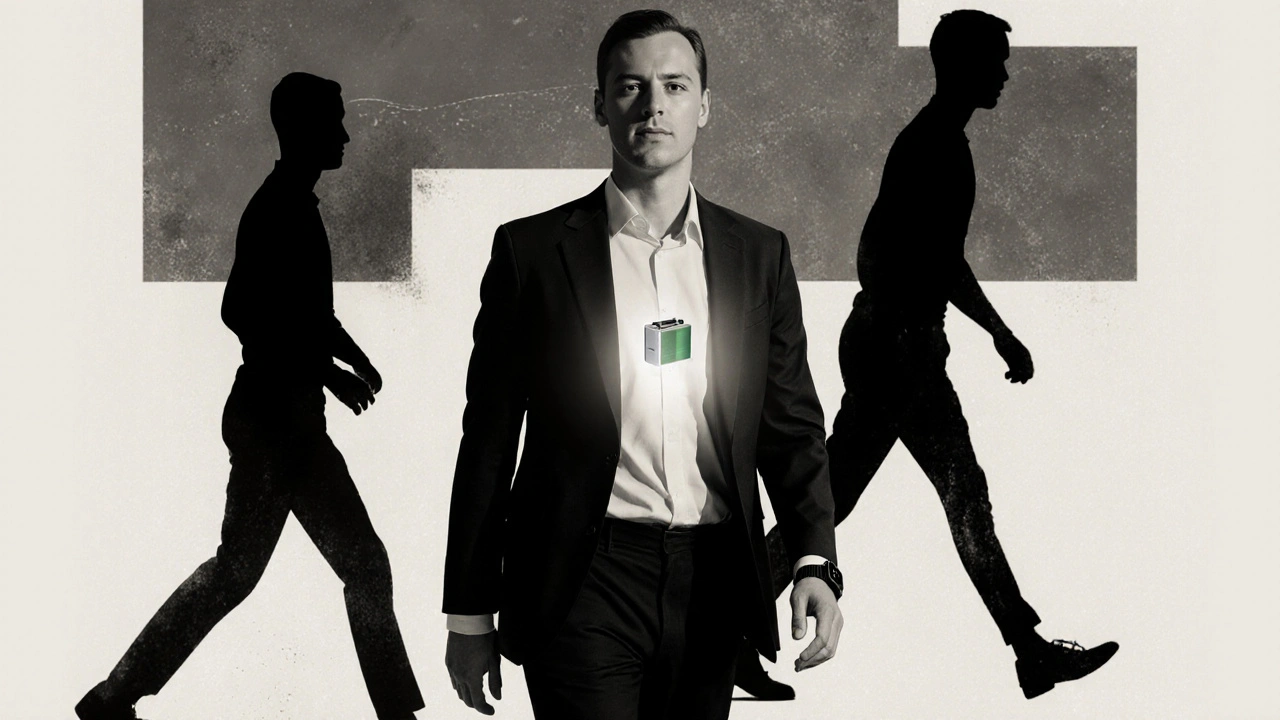
Cost, Insurance, and Access
In the U.S., DBS costs between $50,000 and $100,000. In Australia, Medicare covers the procedure if you meet criteria, but private hospital fees and follow-up visits can add up. Most private insurers cover it too, but authorization can take months. You’ll need proof that you’ve tried and failed to manage symptoms with medication.
Access is still a problem. Only 1-5% of people who qualify actually get DBS. Many doctors don’t refer patients early enough-or at all. Smaller hospitals may not have the team needed: a movement disorder neurologist, a neurosurgeon trained in DBS, and a neuropsychologist. Centers that do more than 50 DBS procedures a year have fewer complications and better outcomes. If you’re considering DBS, ask if your center has a dedicated DBS team and how many cases they handle yearly.
What’s Next for DBS?
DBS technology is advancing fast. New systems like Medtronic’s Percept™ PC can record brain signals and adjust stimulation automatically based on your brain’s activity. This "closed-loop" DBS is already showing 27% better symptom control than older models. Researchers are testing whether DBS can help with non-motor symptoms like depression, anxiety, and sleep problems. Early trials suggest it might.
There’s also growing interest in using genetic markers to predict who will respond best. People with certain mutations, like LRRK2, seem to benefit more. In the future, DBS selection might involve blood tests, brain scans, and AI-driven analysis-not just motor exams and questionnaires.
One of the most exciting ideas? Using wearable tech. Apple Watch and Fitbit now track tremors and movement patterns. In the next few years, your DBS device might sync with your smartwatch to auto-adjust settings based on your daily activity. Imagine your stimulation increasing when you walk to the store and lowering when you’re resting.
Final Thoughts: Is DBS Right for You?
DBS isn’t for everyone. But for those with advanced Parkinson’s who still respond to levodopa, it’s one of the most powerful tools available. It doesn’t stop the disease, but it can give you back control over your body-and your life.
If you’re thinking about it, start by talking to a movement disorder specialist. Get a full evaluation: motor testing, cognitive screening, and a brain MRI. Ask about the center’s experience. How many DBS surgeries do they do each year? Do they have a team that includes a neuropsychologist? Are they using newer, smarter devices?
Don’t wait until you’re stuck in bed. Don’t assume you’re too old or too far along. The best time to consider DBS is when medications start to lose their edge-not when they’ve stopped working entirely.
Can DBS cure Parkinson’s disease?
No, DBS does not cure Parkinson’s disease. It only treats the motor symptoms that respond to levodopa, such as tremors, stiffness, and involuntary movements. It does not stop the underlying brain degeneration or improve non-motor symptoms like memory loss, constipation, or sleep problems. Patients still need to take medication, though often at lower doses.
How long does DBS last?
The electrodes implanted in the brain typically last for life. The battery pack (implantable pulse generator) needs replacement every 3-5 years for non-rechargeable models, or 9-15 years for rechargeable ones. Most patients maintain significant symptom control for at least 10 years after implantation, with 85% still benefiting long-term according to long-term studies.
Is DBS safer than taking high doses of Parkinson’s medication?
For many patients, yes. Long-term high doses of levodopa cause side effects like dyskinesias, nausea, low blood pressure, and hallucinations. DBS reduces the need for these medications by 30-50%, which often leads to fewer side effects overall. Surgical risks-like bleeding or infection-are low (1-3% for brain bleeding), and most complications are treatable. For patients struggling with medication side effects, DBS often improves safety and quality of life.
Can I have an MRI after getting DBS?
Yes, but only under strict conditions. Most modern DBS systems (like Medtronic Percept™ PC and Boston Scientific Vercise™) are MRI-conditional. This means you can have an MRI, but only with specific settings-usually 1.5T or 3T scanners, with the device turned off and certain safety protocols followed. Always inform the imaging center about your DBS device before any scan.
What happens if the battery dies?
If the battery runs out, the stimulation stops, and your Parkinson’s symptoms will return to their pre-DBS state. Most devices have alerts that warn you weeks in advance. Battery replacement is a minor outpatient procedure under local anesthesia. It takes about an hour, and you can usually go home the same day.
Do I need to avoid certain activities after DBS?
For the first few weeks, avoid heavy lifting, swimming, and contact sports to let the incisions heal. After recovery, most people return to normal activities, including exercise, travel, and even skiing or cycling. You should avoid strong magnetic fields like industrial magnets or arc welding. Airport security scanners are safe, but you may trigger alarms-carry your device ID card. Modern DBS systems are designed to be safe during daily life.
How soon after surgery will I feel better?
You won’t feel immediate results. Swelling and healing take time. Stimulation usually starts 4-6 weeks after surgery. Improvements in tremor and stiffness often appear within days of the first programming session, but fine-tuning can take 6-12 months. Many patients report the biggest changes after three to six months, once settings are optimized and medication doses are adjusted.
Can DBS help with speech or balance problems?
Not reliably. DBS mainly improves tremors, stiffness, and dyskinesias caused by medication. Problems with speech (soft voice, slurring) and balance (freezing, falling) respond poorly-often improving by only 20-30%. Some patients even notice their speech gets worse after DBS. If these are your main concerns, DBS may not be the best option. Other therapies like physical therapy or speech therapy are often more helpful.


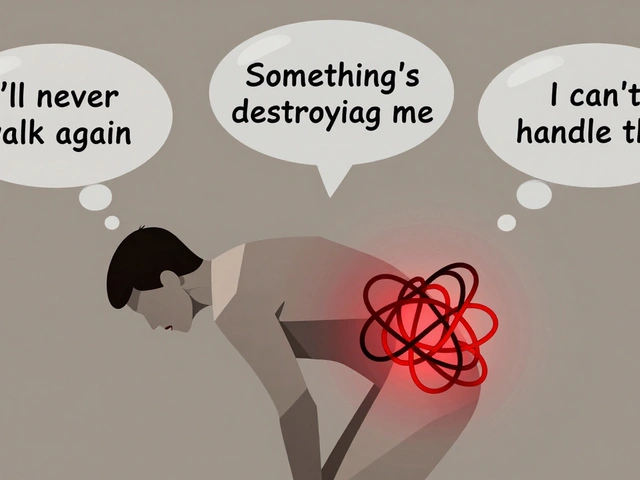
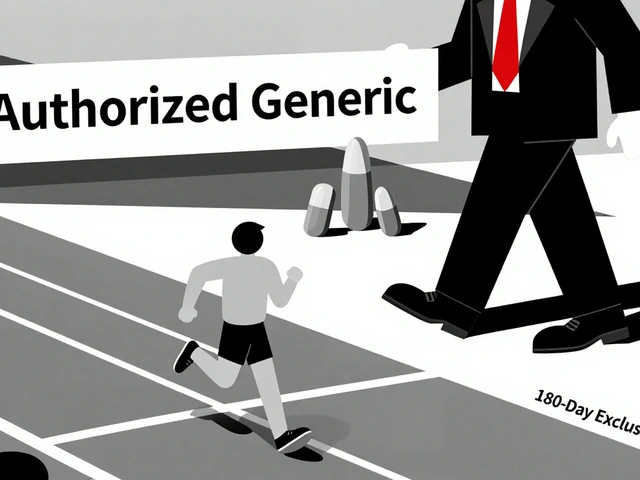
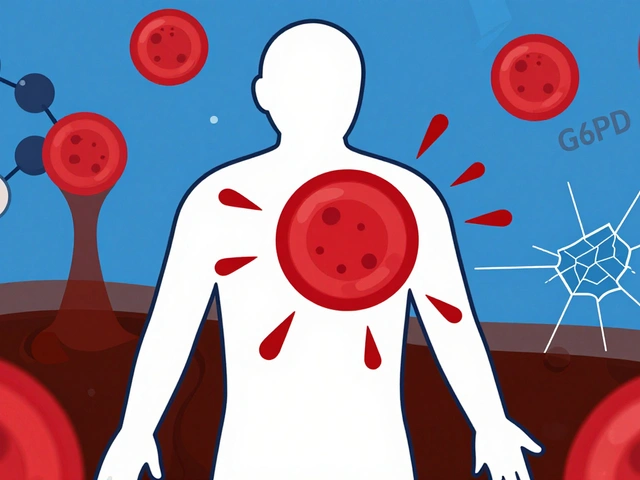

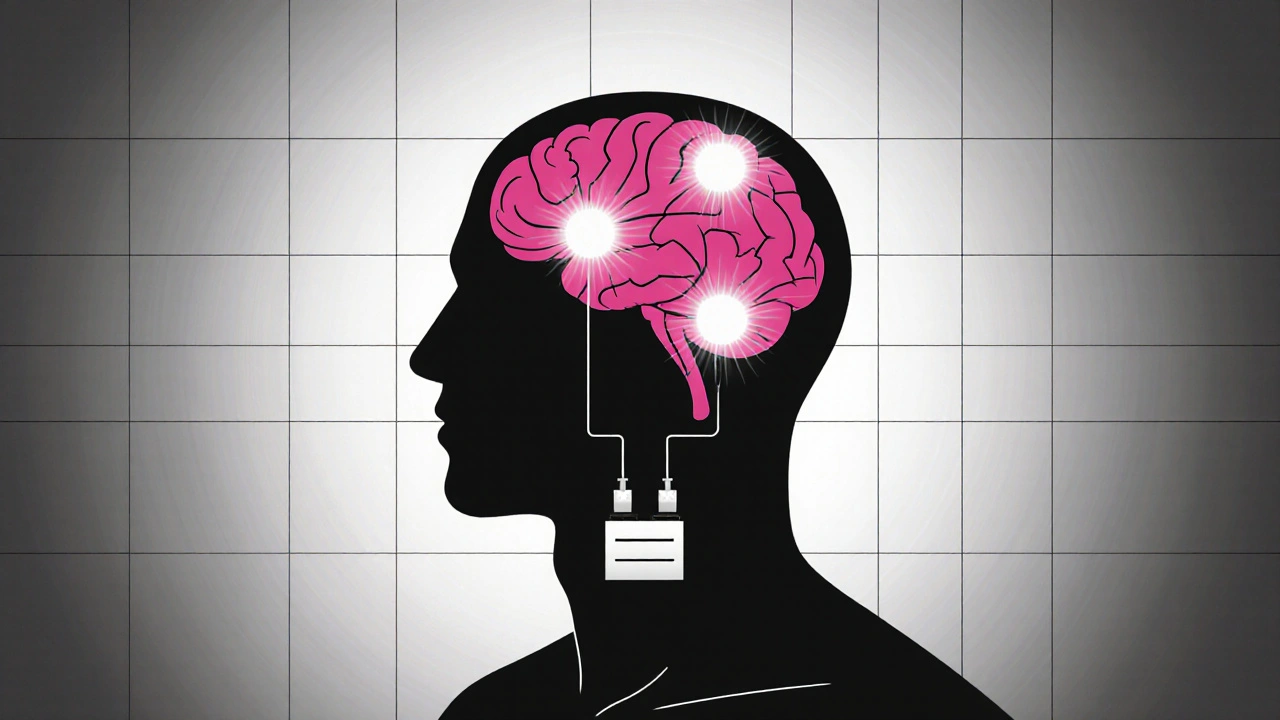
Write a comment